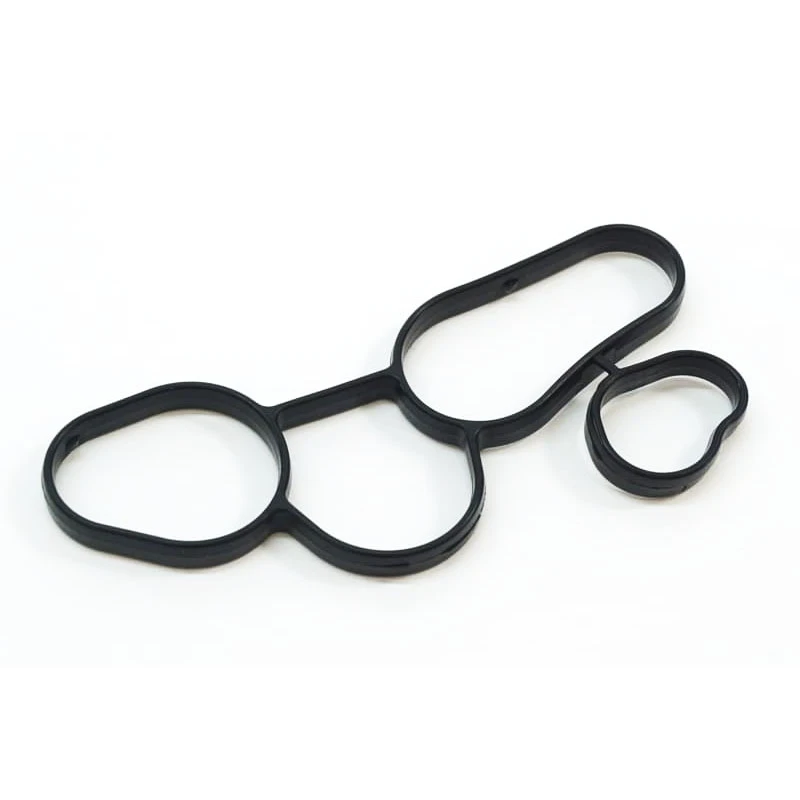Rear Differential Seal - Essential for Optimal Performance
Understanding the Rear Differential Seal A Crucial Component in Vehicle Performance
The rear differential seal is a critical component in the overall functioning of a vehicle's drivetrain system. It serves as a barrier between the differential and the environment, preventing lubricant loss and protecting the internal gears from dirt and contaminants. Understanding the role and importance of the rear differential seal can help vehicle owners maintain their cars effectively and prolong the lifespan of their drivetrain components.
The differential itself is a vital mechanism that allows for the independent rotation of the wheels, particularly during turns. It enables the outer wheels to travel a greater distance than the inner wheels, providing smoother cornering and enhanced traction. However, this sophisticated mechanism relies heavily on proper lubrication to function efficiently and avoid wear and tear. This is where the rear differential seal plays its pivotal role.
Typically made from high-quality rubber or a combination of synthetic materials, the rear differential seal is designed to withstand significant pressure and temperature fluctuations. A well-functioning seal will ensure that the differential fluid remains contained, thereby maintaining optimal lubrication levels. Over time, however, seals can become brittle or damaged due to exposure to extreme temperatures, toxic fluids, or even simple wear and tear. When this occurs, differential fluid can leak out, leading to insufficient lubrication and potentially severe damage to the differential assembly.
rear differential seal

Regular inspection of the rear differential seal should form part of a vehicle’s maintenance routine. Signs of a failing seal include noticeable puddles of fluid underneath the vehicle, increased noise levels while driving, or warning lights on the dashboard. If any of these symptoms arise, it's vital to address the issue promptly. Ignoring a compromised seal can lead to catastrophic failure of the differential, resulting in costly repairs or even total loss of the vehicle’s drivability.
Replacing a rear differential seal is generally a straightforward process for a skilled mechanic, but it’s advisable for vehicle owners to ensure that the replacement is done using high-quality materials that meet or exceed OEM specifications. This not only guarantees the effective restoration of the differential's functionality but also enhances the overall reliability of the vehicle.
In conclusion, the rear differential seal may be a small component, but its impact on vehicle performance is substantial. Regular maintenance and timely replacement are essential for ensuring that your vehicle operates smoothly and efficiently. By paying attention to this crucial part, drivers can avoid serious mechanical issues and enjoy safer, more reliable driving experiences.
-
Understanding Automotive Oil Seals: Essential Components for Engine and Shaft Protection
News Jul.30,2025
-
The Importance of Heavy Duty Seals in Industrial and Residential Applications
News Jul.30,2025
-
Exploring Industrial Oil Seals: From Felt Oil Seals to TTO and CFW Solutions
News Jul.30,2025
-
Essential Guide to Oil Seals: From Radial to Metal-Cased Seals for Industrial Reliability
News Jul.30,2025
-
Choosing the Right Oil Seals and Gaskets for Industrial and Automotive Applications
News Jul.30,2025
-
Cassette Seals: Durable Sealing Solutions for Harsh Environments
News Jul.30,2025
-
Understanding the Front Main Engine Seal: Purpose, Maintenance, and Installation
News Jul.29,2025
Products categories















